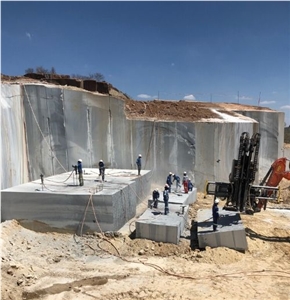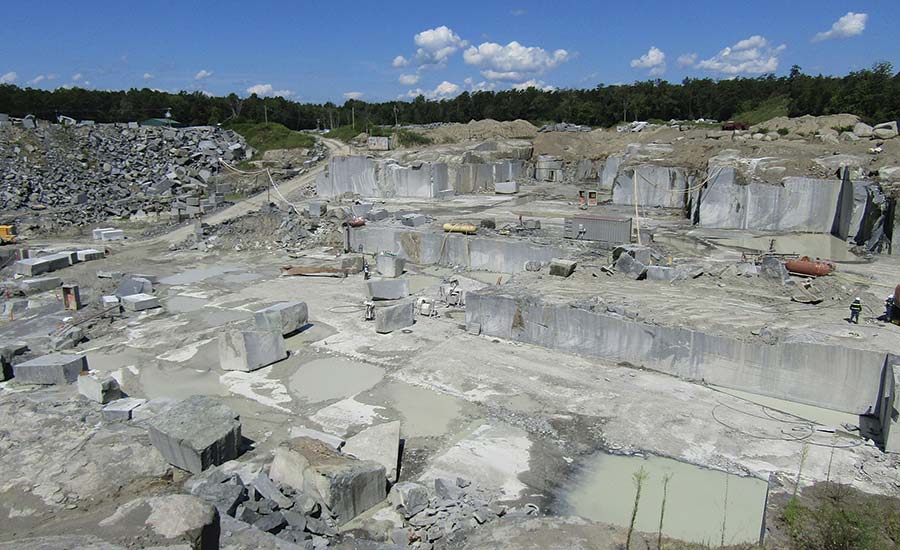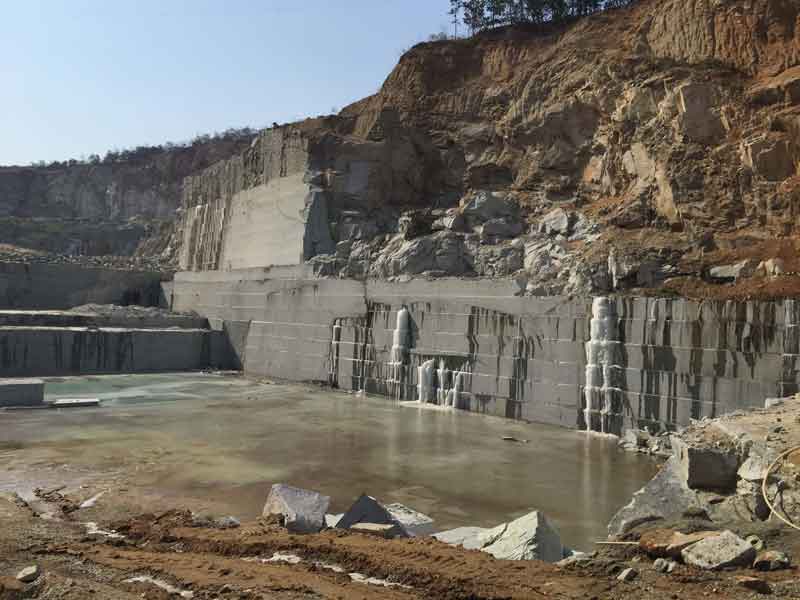A Journey With Granite Quarries in South Africa: Introduction Nature's Virtuosity
A Journey With Granite Quarries in South Africa: Introduction Nature's Virtuosity
Blog Article
Unearthing the Rich Background and Lasting Practices of Granite Quarrying
As we depend on the precipice of discovering the elaborate tapestry of granite quarrying, a journey via time reveals not simply the physical act of extracting rock but additionally the cultural and historic relevance woven right into the very material of this method. From the ancient origins that laid the foundation for contemporary quarrying methods to the lasting practices that are shaping the future of this industry, each carve mark on granite surfaces tells a story waiting to be uncovered (granite quarries in south africa). The heritage of granite quarrying extends much beyond mere removal; it is a testimony to human resourcefulness, durability, and the long-lasting allure of this majestic rock
Old Origins of Granite Quarrying
Dating back to old worlds, the method of quarrying granite has been an essential component of human background and building improvement. The earliest evidence of granite quarrying dates back to ancient Egypt, where substantial pyramids and elaborate sculptures were crafted from this durable stone. The Egyptians made use of primitive tools to remove granite blocks from quarries, showcasing the importance of this product in their significant constructions.
Moving ahead in history, the Greeks likewise made significant payments to the quarrying of granite. The Greeks utilized granite in different building marvels, such as holy places and statuaries, demonstrating their skill in shaping and carving this sturdy stone. The Romans additionally fine-tuned the strategies of quarrying granite, using innovative devices like chisels and hammers to remove and shape granite for their renowned structures.
With the centuries, the technique of quarrying granite has advanced, with modern-day innovations boosting effectiveness while keeping the classic appeal of this natural stone - granite quarries in south africa. From old civilizations to modern builders, the tradition of granite quarrying proceeds to shape our globe
Development of Quarrying Methods
The development of quarrying methods has been marked by a continual development towards greater efficiency and accuracy in extracting granite. From the simple approaches utilized by our forefathers to the innovative innovations utilized in contemporary quarrying operations, the industry has undertaken substantial developments. Early quarrying methods included manual work with fundamental tools such as blades, hammers, and wedges to remove granite blocks from the planet. As worlds proceeded, strategies like fire-setting and primitive dynamites were introduced to assist in the extraction process.
Developments in computer-controlled tools and 3D modeling have maximized quarrying operations, leading to minimal ecological effect and enhanced sustainability techniques. As the demand for granite proceeds to climb, the development of quarrying strategies continues to be integral to conference industry requires efficiently and sustainably.
Social Value of Granite
Granite holds a profound social significance across numerous civilizations due to its long-lasting visibility in architectural work of arts and respected monoliths. From the magnificent pyramids of Egypt to the intricate carvings of the Angkor Wat holy place in Cambodia, granite has been a product of choice for sharing grandeur and long life in cultural heritage. In old Rome, granite columns decorated temples and public buildings, representing stamina and permanence. The cultural importance of granite prolongs past its physical characteristics; it embodies resilience, stability, and timelessness, making it a symbol of sustaining heritages and traditions.

Lasting Practices in Quarrying
Amidst the rich background of granite quarrying and its cultural significance lies a growing emphasis on lasting techniques within the market. As ecological awareness and issues regarding source depletion have enhanced around the world, the quarrying industry has significantly embraced sustainable methods to decrease its influence linked here on the setting and surrounding areas.

Additionally, recovery and rehabilitation of quarry sites post-extraction are indispensable to sustainable techniques. By recovering quarried locations to an all-natural or beneficial state, such as creating wild animals environments or leisure areas, quarriers can counter the environmental impact of their procedures and add favorably to the local ecosystem.
Heritage of Granite Quarrying
With a historical backdrop steeped in craftsmanship and commercial progress, what withstanding effect has granite quarrying left on the landscape of contemporary society? The legacy of granite quarrying transcends mere removal methods; it has actually shaped building marvels, city landscapes, and social heritage worldwide. The sturdy nature of granite has actually made it a favored selection for monoliths, buildings, and framework, standing as a testimony to the ability and artistry of quarry employees across generations.
Additionally, the financial footprint of granite quarrying can not be overlooked. The industry proceeds to give job opportunity and drive regional economies in areas where granite extraction is prevalent. It has additionally spurred technological developments in quarrying strategies and tools, bring about extra browse around here effective and sustainable methods.
In terms of sustainability, the heritage of granite quarrying includes initiatives to mitigate ecological impacts via recovery tasks and accountable resource monitoring. By balancing economic rate of interests with environmental stewardship, the sector makes every effort to make certain that future generations can proceed to benefit from this enduring natural deposit.
Final Thought

Report this page